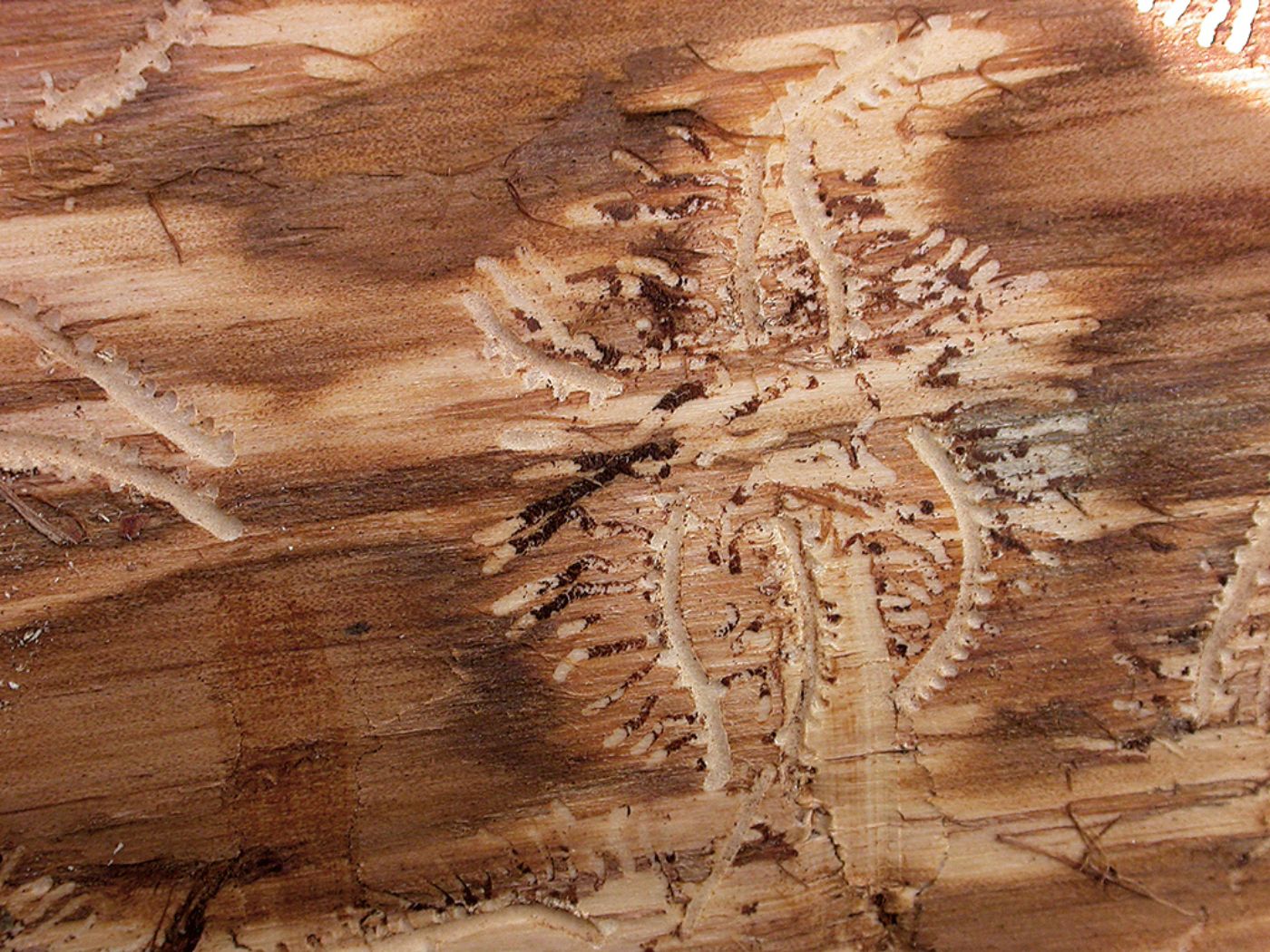The role of forests in climate change

Climate change causes higher temperatures, greater humidity in winter and drier summers. The climate-active forest therefore needs to adapt to changes and must be able to meet a multitude of challenges.
Forests respond rather slowly to changes in their environment. In the context of climate change this makes them vulnerable to damage and diseases. Climate models predict wetter winters and drier summers. Forestry is particularly seriously affected by climate change, as forests planted today will probably be subjected to considerable change until they are felled.
Climate change creates winners and losers
Where the productivity of forests is limited by short vegetation periods larger increments can in most cases be expected for the medium term. In most mountain forests productivity is thus likely to rise; the high altitude limit of forests (timber line) is therefore expected to shift upwards. In low-lying locations dry periods and pests are expected to lower the productivity of sites and to change the composition of tree species fundamentally. Spruce, presently covering about half of Austria’s commercial forest, could partly be substituted by more drought-tolerant tree species. One thing is certain, however: Extreme meteorological events will play an important role. The climate-active forest must therefore be able to meet a multitude of challenges.

Warmer climate favours pests
As a consequence of climate change forest-damaging insects and diseases occur more frequently. Harmful organisms are favoured, whilst at the same time trees weaken. A insects are poikilothermic, their metabolic rate is dependent upon the environmental temperature, they develop faster at higher temperatures and thus are less susceptible to falling prey to their enemies, like predators and parasites. Some species are able to have multiple generations per year under warmer conditions and therefore may significantly increase in numbers. At the same time the resistance of trees against herbivorous insects, like bark beetles, decreases after persistent droughts.
Moreover, due to the growing global mobility and the international trade in goods invasive species create serious problems. “Invasive” is a term describing animals as well as plants and fungi that are introduced into an ecosystem where they are non-native and cause significant damage. One present-day example is the Asian long-horn beetle, which has been introduced into Austria in wood packaging material. Combating such pests is expensive and time-consuming.
Another long-term scenario for the future starts from the assumption that, due to more snow and heavy snowfall, the risk of avalanches will increase at high altitudes, but will decrease in low-lying areas because of lower amounts of snow and more rain in winter. Other natural hazards, such as rockfall, will occur more frequently.
Stable forests as a contribution to climate change mitigation
Stable and healthy forests protect against natural hazards, play an important role in the provision of clean water and air, offer habitats for plants and animals, are workplaces and places of recreation, provide income and many more. Climate-active silviculture supports the regulatory mechanisms of forests and makes arrangements for trees species at the sites where they will be able to grow also in the future.
The genetic origin of forest plants is decisive, too. It ensures the stability of a forest in the future. For many years, the Federal Forest Research Centre has carried out a pest monitoring to be prepared for future problems in time. Several experiments showed that different origins of a tree species respond very differently to dry periods and that this was to a large extent genetically determined.
Further Information
- Federal Research Center for Forests Federal Research Center for Forests
- Institute for Forest Protection of the BFW Institute for Forest Protection of the BFW
- Institute for Natural Hazards of the BFW Institute for Natural Hazards of the BFW
- Bark beetle monitoring Bark beetle monitoring
- Climate-friendly forest Climate-friendly forest